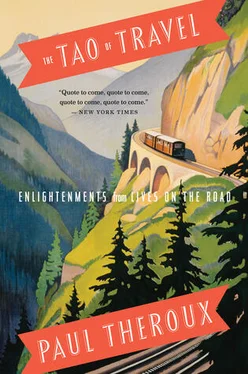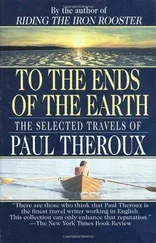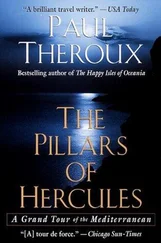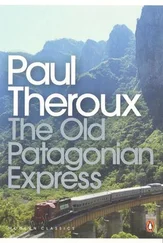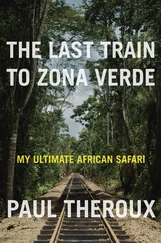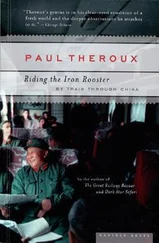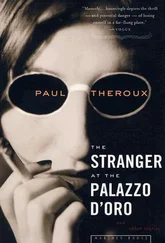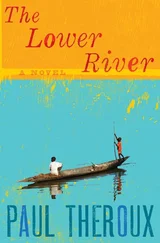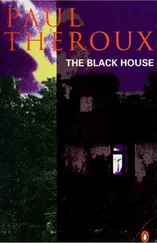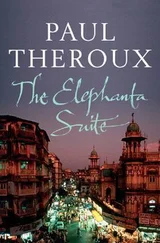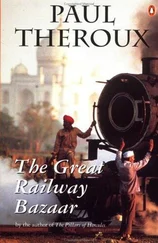— The Travels of Marco Polo, translated by Ronald Latham (1958)
Andaman is a very big island. The people have no king. They are idolaters and live like wild beasts. Now let me tell you of a race of men well worth describing in our book. You may take it for a fact that all the men of this island have heads like dogs, and teeth and eyes like dogs; for I assure you that the whole aspect of their faces is that of big mastiffs. They are a very cruel race: whenever they can get hold of a man who is not one of their kind, they devour him.
— The Travels of Marco Polo
21. Writers and the Places They Never Visited
FOR A WRITER TO DESCRIBE A PLACE HE OR SHE has not bothered to visit is not only self-deluded but deeply insulting to the people living there and to those travelers who actually troubled to go there. Laziness, indifference, contempt, fear of the place, fear of travel, fear of being disillusioned, and the novelist's natural instinct to fantasize — all are factors in the decision of a writer to stay home and invent the exotic, as Saul Bellow did, conjuring up an Africa he had never seen while sitting in his book-lined study in Tivoli, New York, without ever having to swat a tsetse fly. Even so, you know a writer's mind, and especially his or her fantasies, from the fiction. You know what they think of themselves, and other people, and of the world.
The results of such leaps of imagination can be odd, and bad karma seems to blight the fiction of faked countries, because none of these works has remained popular or widely read. Kipling's imagined Mandalay is an exception, and seems to have displaced the real city. The writers cooking up a country tend to overdo it: look no further than Bellow's Henderson the Rain King or the Tarzan novels. Joseph Conrad, who piloted a river steamer up the Congo River, and afterward wrote Heart of Darkness, about a man piloting a river steamer up the Congo River, is subtle, understated, and powerful.
David Livingstone claimed to have been the first to put Lake Nyasa on the map in 1859, but this was accomplished in 1846 by a Portuguese trader, Candido de Costa Cardoso. In the search for the source of the Nile, the Welsh explorer John Petherick (1813–1882) produced a map of Bahr-el-Ghazal in 1858 and described his travels in his Egypt, the Soudan, and Central Africa three years later. But his fellow explorer John Speke publicly disputed the map and the book, claiming that Petherick had lied about his travels, had not been that far south or west, and had concocted both the map and the trip from hearsay. The Nile explorer Samuel Baker wrote in his diary, "Petherick's pretended journey published in England was entire fiction… Petherick is a gross impostor."
Even the traveler, looking closely, often gets things wrong. Richard Henry Dana's Hawaiians in Two Years Before the Mast (1840), after months of sailing, mistook the island of Nantucket for the whole of the United States, because it was all they saw: the mainland is not visible from the island.
Here is another instance of travelers' ignorance, from Mary Kingsley's Travels in West Africa (1897). She writes, "Watch again a gang of natives trying to get a log of timber down into the river from the bank… No idea of a lever, or anything of that sort — and remember that, unless under white supervision, the African has never made an even fourteenth-rate piece of cloth or pottery, or a machine, tool, picture, sculpture, and that he has never even risen to the level of picture-writing."
Never mind the masterpieces of Benin bronzes, the magnificent carvings of the Chokwe people, whom she would have known from her travels in Angola. A little research would have revealed the Amharic script of Abyssinia, two thousand years of Nok sculpture, the immense variety of African pottery, or ancient examples of terracotta statuary. Yet she seems not to have taken any notice even in the places she claimed to know well: Gabon with its Punu and Fang masks and carvings, or the masterpieces of carving — Bamileke and others, and indeed elaborate pots — from Cameroon.
Yet I am fascinated by imaginary landscapes, what Dr. Johnson called "romantick absurdities and incredible fictions," that are retailed as the real thing, especially landscapes I have seen. I do not recognize the fictional Africas, and Kafka's America is one of the weirdest countries of all. As for the outrageous George Psalmanazar — he fooled almost every reader (except Jonathan Swift) in early-eighteenth-century England with his book about Formosa.
George Psalmanazar's Travels in Formosa
THE AMAZING THING about this impostor of travel was the completeness and credibility of his book. Drawing on Dutch accounts, and fantasizing, he created a whole Formosan landscape and culture and made up an entire language of gobbledygook that even years later was taken by some scholars to be an actual Asiatic tongue. The book, published in London in 1704, was a huge success.
George Psalmanazar (or Psalmanaazaar) also managed to conceal his real identity under this outlandish name (perhaps a version of the Assyrian king Shalmaneser in 2 Kings): his birth name and birthplace are unknown. He was probably French, and he may have been born around 1689. For a while he claimed to be an Irish pilgrim. He also at various times said he was Japanese or Formosan. He claimed to worship the sun and the moon, and he slept sitting upright in a chair ("Formosan-style" he said), but he was more than the lovable eccentric who was later befriended by Dr. Johnson. "A great lover of penitents," Jeffrey Meyers writes in his biography Samuel Johnson: The Struggle, "Johnson reverenced Psalmanazar, who'd confessed his sins, reformed his character and become pious, endured prolonged hardship and — though an opium addict — died an exemplary Christian." But in his travel book, Psalmanazar played upon the anti-Jesuit animus current in the early eighteenth century; disparagements of Catholic missionaries are frequent in his book, something that would have found favor with the predominantly Catholic-hating English.
"The prevailing Reason for this my Undertaking was," he writes, "because the Jesuits I had found had imposed so many Stories, and such Gross Fallacies upon the Public, that they might the better excuse themselves from those base Actions, which brought upon them that fierce Persecution in Japan." The Japanese persecution of Catholics in the 1630s was a historical fact that was given a fictional retelling in Shusako Endo's 1966 masterpiece, Silence.
Psalmanazar's book is in two parts, the first, "An Historical and Geographical Description of Formosa, Giving an account of the Religion, Customs, & of the Inhabitants, Together with a Relation of what happen'd to the Author in his Travels; particularly his Conferences with the Jesuits, and others, in several Parts of Europe. Also the History and Reasons of his Conversion to Christianity, with his Objections against it (in defence of Paganism) and their Answers." The second part relates his travels: "An Account of the Travels of Mr. George Psalmanaazaar, a Native of the Isle Formosa, thro' several parts of Europe; with the reasons of his Conversion to the Christian Religion."
Discourses on religion aside, the book is highly readable, both for its narrative of abduction and its delineation of a colorful culture. George is taken, under protest, by Jesuits from his native land. He travels to the Philippines, then to Goa, then Gibraltar, where "very much indisposed by the change of Climates, Air and Diet," he needs to recuperate. Then on to Toulon, Marseille, and into Catholic Avignon and Lutheran Bonn and Calvinist Holland, where he becomes embroiled in theological arguments. He is ultimately converted to Christianity, becoming "a most faithful Member of the Church of England."
Читать дальше
